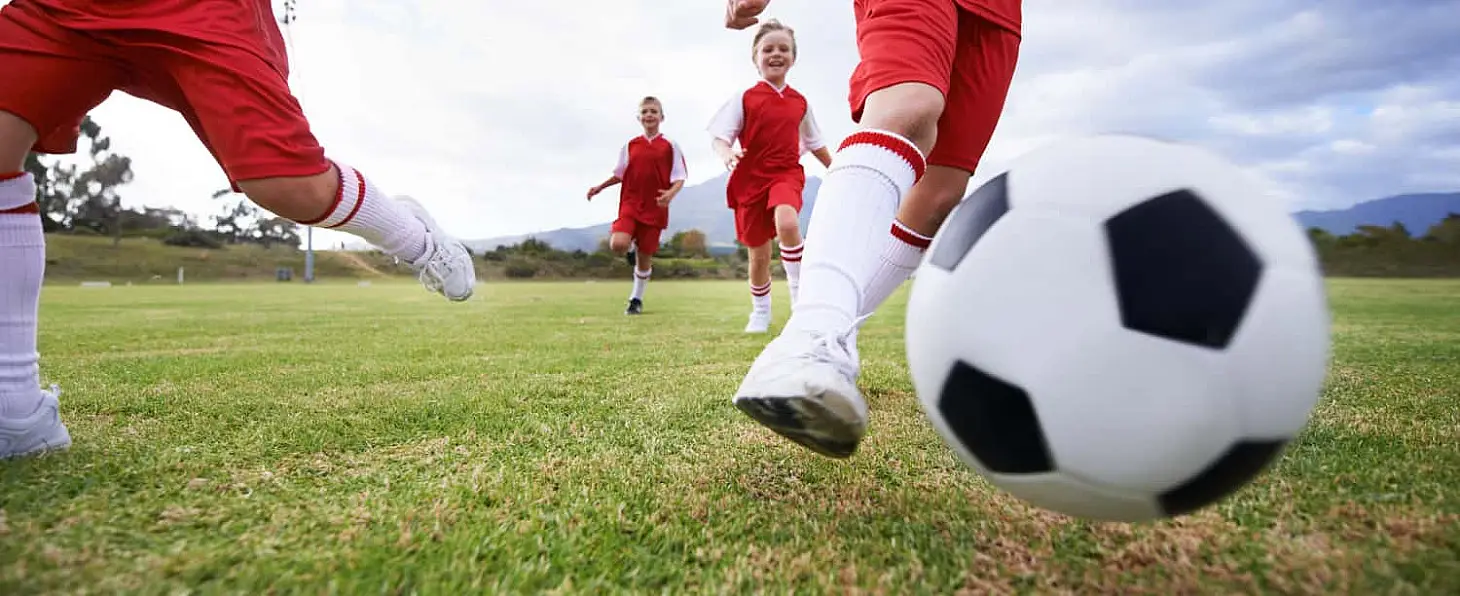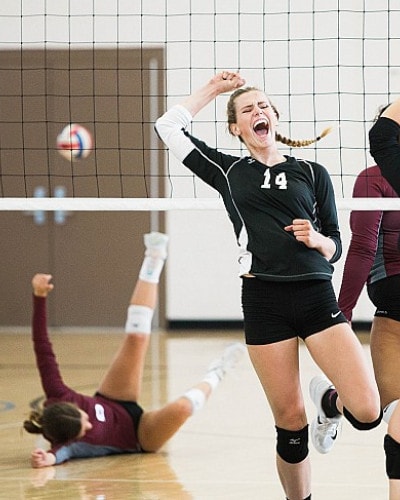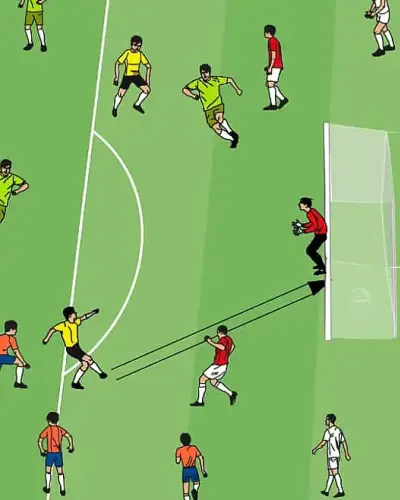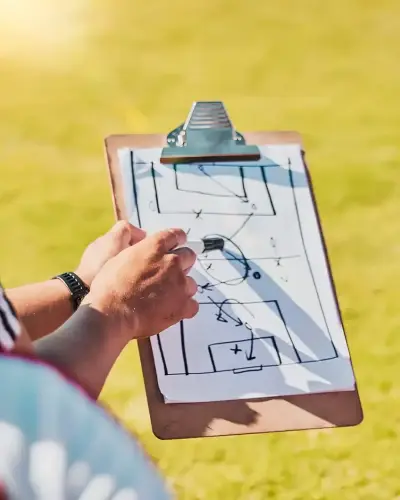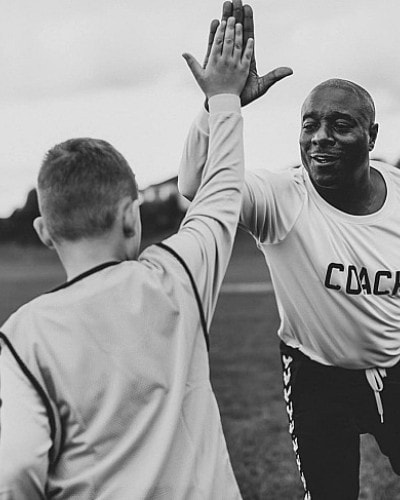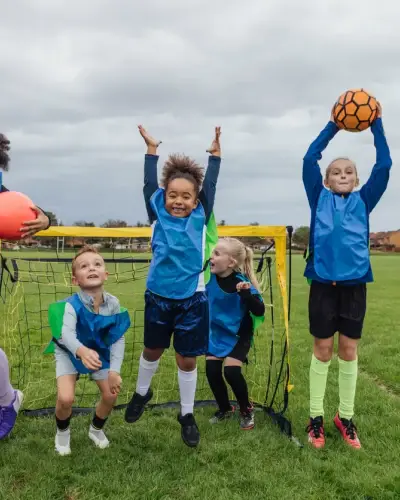Small-Sided Games in Training and Competition
In our previous articles on player development in youth sports, we provided a general overview and explored the Relative Age Effect. Today, we focus on an essential training method that should be implemented at all levels: small-sided games.
Recently, the introduction of FUNino for younger age groups has sparked debates and criticism. At the same time, the German Football Association (DFB) has launched initiatives promoting small-sided games, such as 2v2 or 3v3 formats with multiple goals, similar to FUNino.
What Are Small-Sided Games?
While FUNino is a recognized competition format for young players, small-sided games are a versatile training tool across all levels, including professional football.
These games can be modified using different variables, including:
✅ Field size
✅ Number of players
✅ Number of goals
✅ Tactical and technical conditions
✅ Use of neutral players ("jokers")
By adjusting these elements, coaches can create specific game scenarios to develop different tactical and technical skills.
For example:
🔹 A larger field and more players emphasize team tactical aspects.
🔹 A smaller space with fewer players forces quicker decision-making and ball control under pressure.
🔹 Fewer players lead to more ball contacts, more decisions, and more individual actions per player.
📌 Research suggests that small-sided games increase the frequency of game-relevant actions, helping players develop instinctive decision-making rather than relying on rigid patterns.
Advantages of Small-Sided Games
⚡ More Ball Contacts and Faster Decision-Making
Players experience more game situations in less time, leading to better adaptation to real match conditions.
🔄 High Repetition Without Monotony
Through constant variations, players learn techniques and tactics in dynamic game scenarios, improving reaction speed and game intelligence.
🛡 Better Defensive and Offensive Skills
The fast-paced nature and small spaces increase 1v1 duels, teaching players how to:
✔ Maintain possession under pressure
✔ Win defensive duels
✔ Improve transitions from defense to attack
🏃♂️ Improved Game-Specific Endurance
Small-sided games replicate the physical demands of real matches more effectively than traditional endurance exercises. The intermittent high-intensity nature mirrors match conditions, improving stamina, agility, and recovery times.
🔥 Higher Motivation and Engagement
Compared to isolated drills, small-sided games are more enjoyable, leading to higher effort levels and better learning retention.
Why the DFB Supports Small-Sided Games in Youth Football
👦 More Equal Participation
Traditional 11v11 matches often see the strongest players dominating, while others get fewer touches on the ball. Small-sided formats increase involvement for all players, fostering better development and reducing dropout rates.
🏆 Game-Based Learning for Tactics and Creativity
Players develop technical and tactical understanding naturally rather than through rote drills. This promotes:
✔ Better spatial awareness
✔ Quicker passing and dribbling decisions
✔ More creative attacking solutions
📈 Application in Professional Football
Even at the highest level, small-sided games remain an essential part of training. In adult and elite teams, coaches use:
- Tactical constraints (e.g., pressing triggers, build-up patterns)
- Overload/underload situations to force quick adaptations
- Modified formats (e.g., 5v5 with transition rules)
Conclusion: A Key Tool for Player Development
✅ For young players, small-sided games ensure active participation and balanced competition.
✅ For coaches, they offer an adaptable training method that enhances decision-making, technique, and game awareness.
✅ For senior teams, they remain valuable for refining tactical execution under pressure.
At every level, small-sided games should be a core training component to develop better, smarter, and more adaptable footballers.
